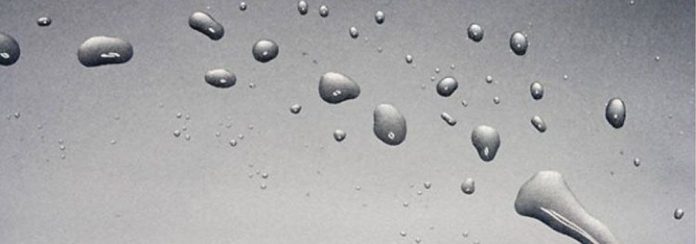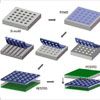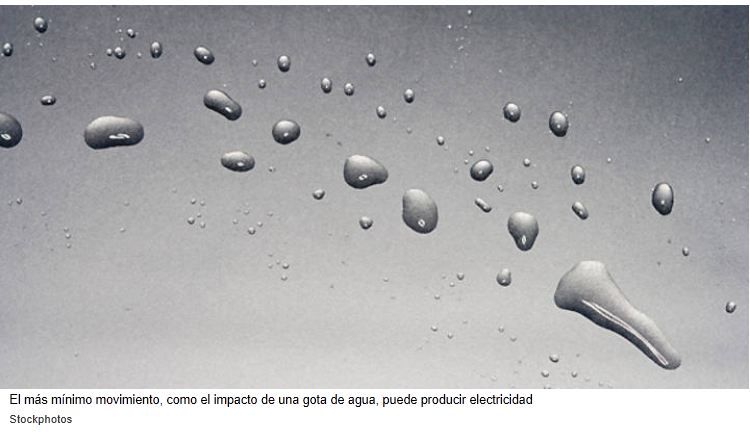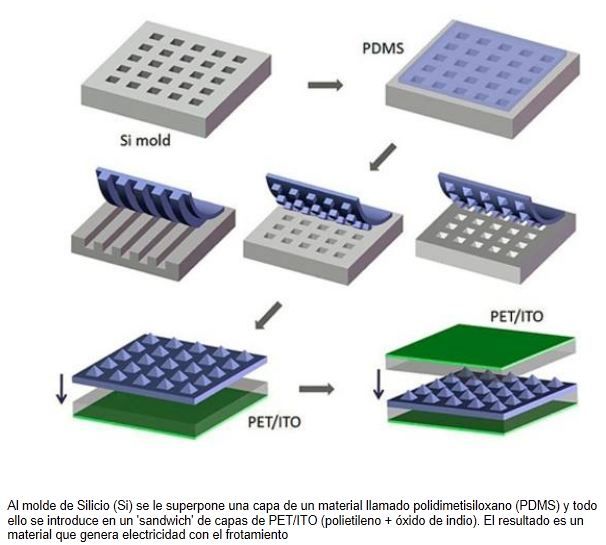
 .
.
Plastic materials that generate energy with the slightest movement, such as the impact of a drop of water.
It can accumulate and serve to charge batteries and give devices a certain autonomy.
-
New flexible materials allow energy to be generated by rubbing.
-
They can produce electricity just by touching a screen or keyboard with their finger.
-
They could also be used in shoes, clothes and other types of accessories.

To the various ways of generating energy that currently exist, scientists at Georgia Tech University have just added another: the friction between certain special plastic materials when they rub against each other.
Although the concept is similar to other known physical principles, the peculiarity of this discovery is that can be applied in practice to various objects such as clothing, shoes or gadget screens and it has great sensitivity: even the slightest movement, such as the impact of a drop of water, can be used to produce electricity in a practical way.
The effect arises when special flexible plastics that are in contact produce the so-called piezoelectric effect.
Some nano-generators called triboelectric they collect friction and convert it into electricity in a useful way, so that the random energy that comes from a movement, for example when walking or rubbing a finger on a screen, can be transformed into something useful.
The materials with which this conversion of movement into electricity is achieved are a kind of layered leaves with small microscopic pyramids and holes placed in a specially shaped pattern that have the appearance of a conventional polymer layer.
.
alternating electricity
With the rubbing, approach and separation of these layers -made of several different materials- alternating electricity is produced.
This same technique is used to make these materials act as sensors like those of the touch screens of current mobile devices: they can be up to 75% transparent, so they can be perfectly used for this task.
The peculiar pyramidal shape of the material patterns is what is considered optimal for generating electricity; currently you get about 0.13 microamps per square centimeter at 18 volts.
Even if it is little, it can be accumulated and used to charge batteries and give devices a certain autonomy – that is precisely the work that remains to be completed.
The same principle applies to other types of objects in which these materials can be applied: shoe soles, wheels, clothing and the like. Scientists have also managed to process is relatively simple and inexpensiveso it can be used on a large scale to make these materials industrial-scale.
When they are turned into final products that gadget makers can use, they believe they will have an average life of about 100,000 recharge cycles.
Source: Georgia Tech


